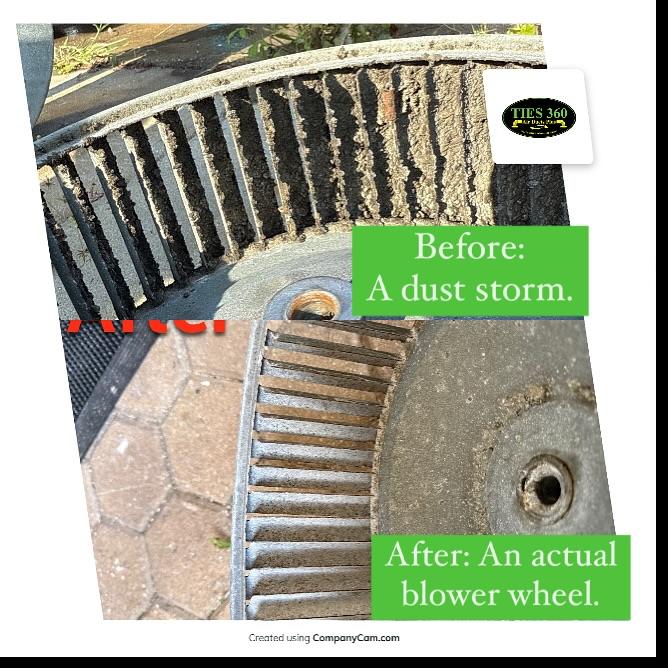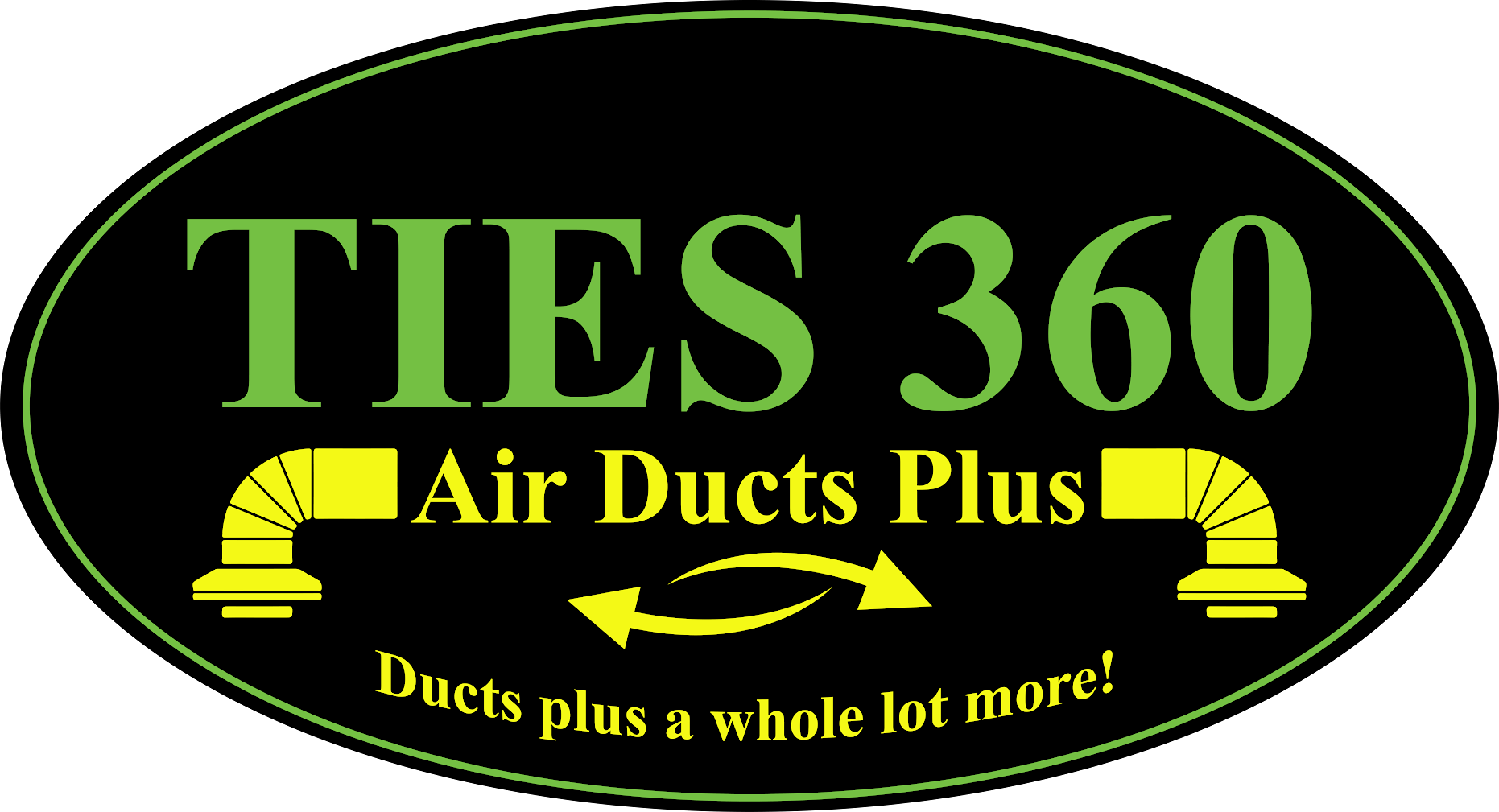Running from June through November, Florida’s hurricane season brings frequent, intense storms.
High winds and heavy rains from the hurricane will put your roof and windows at risk. But that’s not all, your air ducts also take a huge hit as moisture and debris can get trapped in them, leading to mold growth, energy loss, and costly repairs.
This guide covers how to protect your HVAC system and what every Florida homeowner should know before and after a storm.
The Hidden Dangers of Moisture in Your Air Ducts

If water gets into your ducts, you’re facing more than just maintenance. Moisture creates the perfect environment for hidden mold, poor air quality, and system inefficiencies. The worst part is that moisture inside air ducts can go unnoticed for a long time until you start experiencing allergies or sudden spikes in energy bills. If left unchecked, it can lead to long-term problems like:
- Mold and mildew buildup
- Increased indoor humidity
- Reduced airflow and performance
- Poor indoor air quality can trigger allergies or respiratory issues
Some warning signs to look out for include a persistent musty smell, the house not cooling, or health symptoms that seem to worsen indoors. After a storm, you should never ignore these signs.
How Hurricanes Affect Your HVAC System
Strong winds can send debris into exterior vents, and some of it will end up in your ductwork. Past storms in Florida have left residents and new homeowners discovering leaves, twigs, insulation, and even pests lodged in their air ducts. These blockages affect airflow, reduce efficiency, and put unnecessary strain on your HVAC system.
Corrosion from prolonged moisture exposure is another concern. Once rust and deterioration begin, they can shorten your HVAC unit’s lifespan and lead to expensive replacements down the line. The combination of water intrusion and trapped debris creates a costly cycle of damage if not addressed quickly. That’s why a solid prep and recovery plan is essential.
Why Checking Your Air Ducts for Moisture Is a Must
Air ducts are central to how your HVAC system moves air throughout your home. When they’re not in great shape, they negatively impact comfort, efficiency, and indoor air quality. Twice-a-year inspections, conducted once before and once after hurricane season, are a smart investment. This is especially true if you notice signs such as visible water stains near vents, reduced heating or cooling performance, or a sudden increase in energy bills.
A quick professional checkup can identify problems early, letting you fix them before they turn into major issues. Contact Ties360 today for your air duct cleaning before and after the hurricane.
Practical Tips to Hurricane-Proof Your Air Ducts
Here are some easy tips to help you protect your air ducts from the effects of the hurricane.
Pre-Hurricane Preparation
You should start preparing before a storm is on the radar, and here are some steps to take ahead of time:
- Seal all duct joints using weather-resistant tape or mastic sealant to prevent air and water leaks
- Add insulation around exposed ducts, especially in attics or crawl spaces where moisture is likely to accumulate
- Use vinyl or heavy plastic covers on exterior vents to block debris and reduce the odds of water infiltration
These simple changes can make your HVAC system more resilient to storm conditions while improving year-round efficiency.
Post-Hurricane Inspection and Recovery
Once the storm passes, it’s time to assess the condition of your ducts. Begin with a visual inspection around vents and intake grills. If you notice moisture, debris, or unusual smells, it’s time to bring in a professional.
A NADCA-licensed HVAC technician can:
- Clean out debris from your duct system
- Dry out any moisture-prone areas to prevent mold
- Inspect for structural damage or sealing failures
Acting quickly to assess and fix any HVAC issues after a storm can prevent more problems like mold or air restriction that often go unnoticed until more damage is done.
Why Regular HVAC Maintenance is Important
Routine HVAC maintenance is your best defense against hurricane-related damage. A well-maintained system is better sealed, more efficient, and easier to inspect before and after a storm. For Florida homeowners, scheduling service twice a year, ideally in the spring and fall, keeps your system aligned with the storm cycle. Regular upkeep helps catch small issues early, before the added stress of a major storm makes them worse.
Make sure to hire local and certified HVAC professionals like Ties360, who understand Florida’s weather challenges. They’ll provide targeted advice, reliable maintenance, and repairs that meet local code and climate demands.
FAQs
How can I protect my HVAC air ducts from hurricane damage in Florida?
To protect your HVAC air ducts during hurricane season, seal all duct joints with weather-resistant materials, insulate exposed ducts, and cover exterior vents to prevent debris and water infiltration.
Why is moisture in air ducts a concern after a hurricane?
Moisture in air ducts can lead to mold growth, increased indoor humidity, and reduced HVAC performance. These issues can cause poor indoor air quality and higher energy bills.
What are the signs of moisture problems in HVAC ducts?
Some signs of moisture problems in HVAC ducts include a persistent musty odor, visible water stains, reduced airflow, and unexplained increases in energy bills. If you notice any of these indicators, a professional inspection is recommended.
How often should Florida homeowners inspect their HVAC systems during hurricane season?
Florida homeowners should inspect their HVAC systems at least twice a year, ideally before and after hurricane season. Regular inspections help identify and resolve any potential issues, ensuring the system remains efficient and resilient against storm damage.
Can debris in air ducts affect my HVAC system during a hurricane?
Yes, debris such as leaves and twigs can enter air ducts during a hurricane, causing blockages that reduce airflow and strain the HVAC system. Conducting post-storm inspections and cleanups can prevent these issues from leading to significant damage.
Wrapping Up
Staying ahead of hurricane-related HVAC issues doesn’t have to be overwhelming. Know the risks, prepare in advance, and follow up with inspections after every major storm. These steps help extend the life of your system, maintain air quality, and save money in the long run.
If it’s been a while since your last inspection, now’s the time. Schedule your next HVAC assessment and cleaning with a trusted local provider and make sure your system is ready for whatever this hurricane season brings. Taking care of it now means fewer surprises later.

